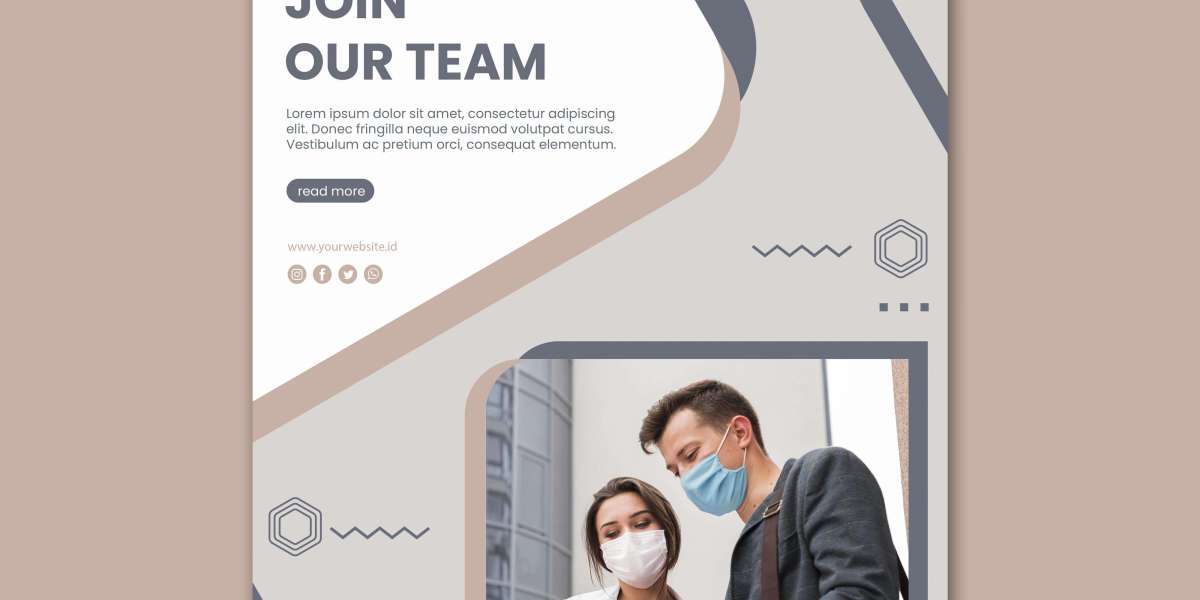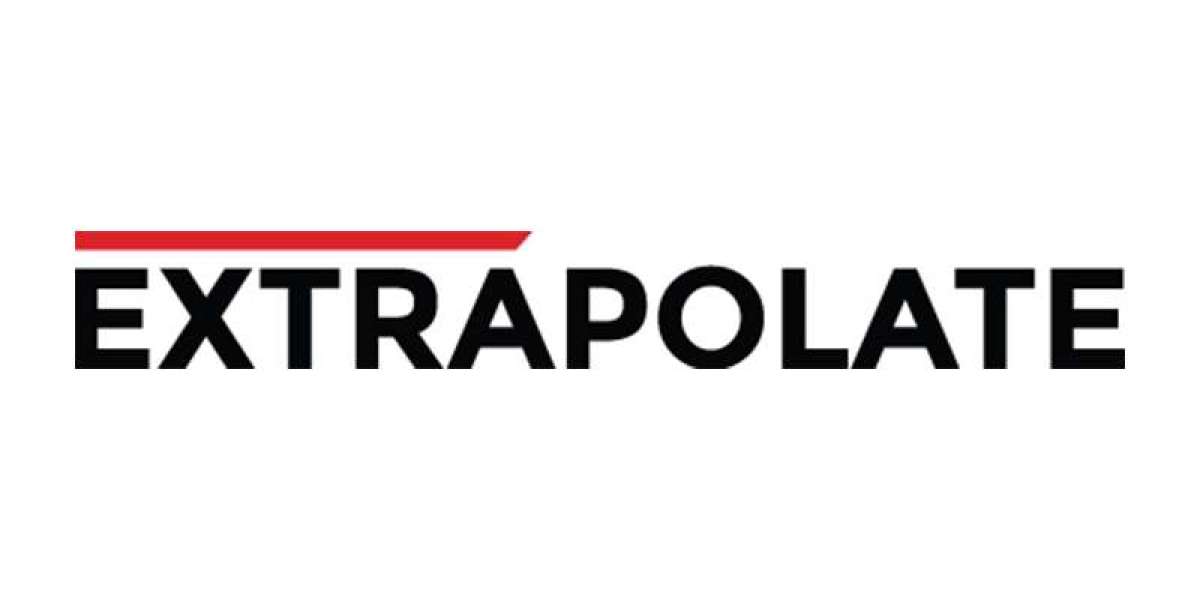In today's competitive job market where candidates are constantly selling themselves, creating a great first impression is crucial. One way job seekers can successfully stand out from the crowd is through thoughtful visual branding in their resumes and cover letters. While the content is still king, purposeful design choices and graphics can help job proposals better grab attention, communicate key messages more effectively and stick in hiring managers' minds. This blog will explore how incorporating visual branding elements in job application templates can positively impact the proposal process.
What is Visual Branding?
Before delving into how visual branding can enhance job proposals, it's important to define what it means. Visual branding refers to using design elements like layout, fonts, colors, images and formatting to represent an organization, product or individual in a consistent, cohesive manner. The goal is to instantly trigger recognition and convey certain impressions through visual cues alone. In the context of job applications, a candidate's personal visual brand helps hiring managers quickly identify them and remember their unique qualities, skills and fit for the role.
Heading 1: Using Color Psychology to Create the Right Impressions
Colors carry implicit meanings that can subtly influence perceptions. Choosing colors for your resume and cover letter based on their psychological associations is a strategic way to incorporate visual branding. For example:
Blue is seen as trustworthy, dependable and professional. Opting for navy or light blue tones conveys you are serious and committed.
Green signifies growth, freshness and environmentally-friendly qualities. It implies you are innovative and adaptable to change.
Red demands attention but may also be seen as too aggressive. Use sparingly through accent colors.
Neutral tones like beige, gray and white project calmness and clarity of thought. They work well for more conservative roles.
The right color palette instantly conveys your fit for the company culture and job requirements. Consider the industry norms and position level when selecting hues to create proposals that fit like a glove.
Heading 2: Employing Impactful Typography
Font choices have a big influence on readability and perceived personality. Using a basic sans serif font like Arial balances professionalism with accessibility. However, incorporating an additional stylistic font creates visual interest and branding. For example:
Headings in a sleek modern sans serif help content stand out and guide the eye.
A handwritten or humanist style serif for your name projects warmth and approachability.
Monospaced fonts imply technical expertise for STEM roles.
Pairing fonts carefully and consistently across applications develops an identity. Using the same font combination on your resume, digital portfolio and LinkedIn profile reinforces your visual brand.
Be mindful of font size, stretching and effects that reduce legibility too. Balanced, carefully-chosen typography makes content easy and engaging to process while expressing your unique qualities.
Heading 3: Leveraging Impactful Images
Thoughtfully selected images are another powerful visual branding tool when used judiciously in job application templates. Here are some effective strategies:
Industry-relevant stock images placed tastefully imply expertise and fit. For example, a graphic designer may feature design tools or illustrations.
Smartly cropped/adjusted photos of work samples showcase skills visually without overwhelming space.
Infographics created from your past projects synthesize key qualifications and accomplishments accessibly.
Minimalistic icons representing important skills provide dimensions beyond just text qualifiers.
Include images throughout your resume, cover letter and portfolio instead of just at the top. Captioning reinforces takeaways. Ensure visual elements don't distract from content by maintaining consistency in style and size. Leveraged properly, pictures express far more than words alone in showcasing who you are.
Heading 4: Implementing Impactful Layouts
Beyond individual design components, how all the visual elements come together through careful formatting produces cohesive branding. Effective layout strategies include:
Grouping related information under clear headings/subheadings through consistent indentation or bullet styles.
Strategic placement of most important details like your name, contact info or experiences at the top for immediate visibility.
White space to allow easy scrolling or reading in print. Avoid walls of dense text.
Bulleted lists and sections broken into bite-sized snippets that feel approachable to consume.
Harmonious blending of fonts, colors, graphics and content through measured alignment, spacing and sizing.
Streamlined yet distinctive designs help proposals scan purposefully. Use visually directing layouts to highlight your qualifications and value through unconscious cues that improve retention and response rates.
Heading 5: Extending Your Visual Brand Online
To truly maximize the impact of visual branding, carry elements seamlessly across all career-related platforms:
Consistent resume, cover letter and LinkedIn design establishes familiarity and continuity throughout the hiring experience.
Cohesive website, digitalResume and portfolio employing repeat motifs makes your brand easily recognizable online.
Business cards that reflect your visual identity provide enduring impressions during networking.
Social profiles featuring coordinated content, graphic banners and headers reinforce your professional image.
Electronic signatures and email templates project polished branding digitally.
Connect the stylistic dots across mediums for coherent visual storytelling around your capabilities and career journey. Extended branding creates trust and familiar comfort critical in competitive fields.
Conclusion
Incorporating thoughtful visual branding through impactful design elements, typography, layout and cross-platform continuity transforms ordinary job proposals into memorable vehicles for standing out. When done purposefully, visual cues aid parsing information quickly while positively influencing perceptions to improve success rates. Mastering visual identity through resumes and supporting materials strengthens your personal brand for capturing opportunities.
Read More:- https://metaldevastationradio.com/jamesespinosa








